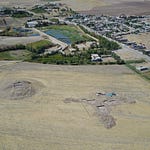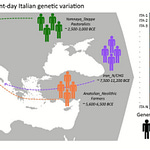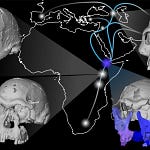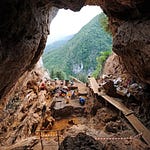For more than a century, Altar Q at Copán has stood as one of the most evocative monuments of the ancient Maya world. Carved in the late eighth century CE, the rectangular stone block bears the portraits of 16 rulers of Copán’s dynasty, along with hieroglyphic inscriptions. Yet a new analysis argues that the key to understanding the altar lies not only in its text but also in its hands.
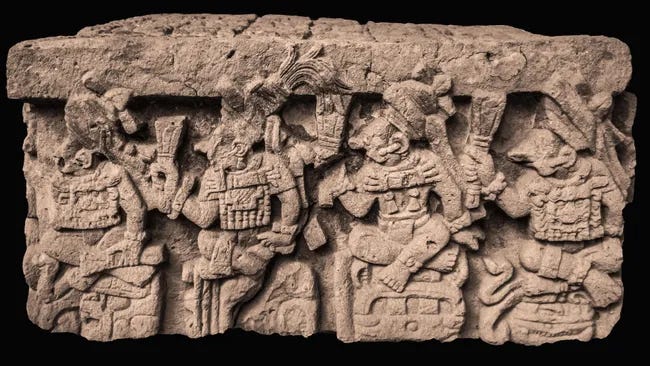
Archaeologist and linguistic anthropologist Rich Sandoval (Metropolitan State University of Denver) contends that the hand positions of Copán’s rulers encode numerical information from the Maya Long Count calendar. Published in Transactions of the Philological Society1, his study pushes the idea that hand forms functioned as a parallel script alongside hieroglyphs — a system of communication that may have been hiding in plain sight.
“Almost anywhere hieroglyphs appear in Maya art, figures hold distinct hand forms,” Sandoval writes. “These hand forms behave like signs with specific meanings.”





